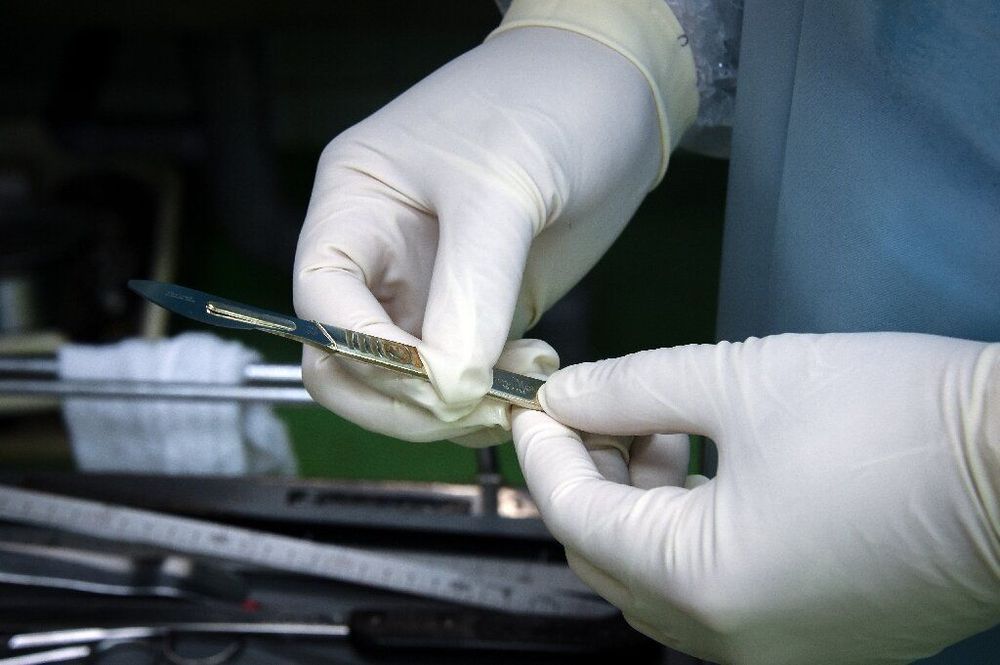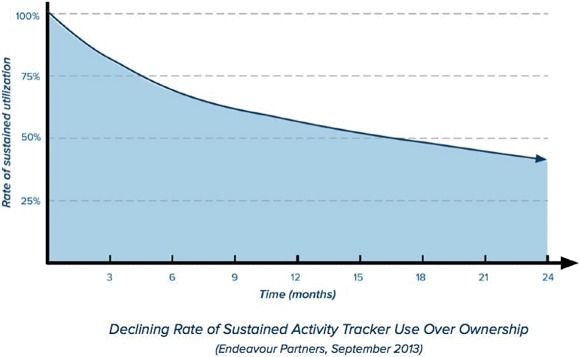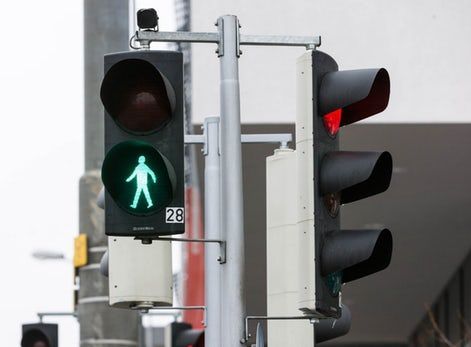Category: electronics – Page 65
Surgeons in Australia have managed to restore arm function in paralysed patients, allowing them to feed themselves, use tools and handle electronic devices, according to the results of a groundbreaking study released Friday.
Thirteen young adults who had suffered spinal injuries rendering them tetraplegic underwent several operations and intense physiotherapy in the largest ever application of a technique known as nerve transfer surgery.
A team of surgeons succeeded in attaching individual nerves from above the zone of the spinal injury to nerves below the trauma site. The functioning nerves were then used to stimulate paralysed muscles below the injury zone.
Researchers from the Moscow Institute of Physics and Technology and Lebedev Physical Institute of the Russian Academy of Sciences have designed and tested a prototype cathodoluminescent lamp for general lighting. The new lamp, which relies on the phenomenon of field emission, is more reliable, durable, and luminous than its analogues available worldwide. The development was reported in the Journal of Vacuum Science & Technology B.
While LED lamps have become commonplace, they are not the only clean and power-saving alternative to incandescent lamps. Since the 1980s, engineers around the world have been looking into the so-called cathodoluminescent lamps as another option for general lighting purposes.
Shown in figure 1, a lamp of this kind relies on the same principle that powered TV cathode-ray tubes: A negatively charged electrode, or cathode, at one end of a vacuum tube serves as an electron gun. A potential difference of up to 10 kilovolts accelerates the emitted electrons toward a flat positively charged phosphor-coated electrode—the anode—at the opposite end of the tube. This electron bombardment results in light.
Is your television watching you?
Single-pixel cameras (SPC) are image capturing devices, which use only a single detector to collect information about the entire image, by making use of it.
Computer vision researchers report using special light sources and sensors to see around corners or through gauzy filters, letting them reconstruct the shapes of unseen objects.
The 21st Century version of the Kirlian camera is now called a GDV camera.
Application de l’effet Kirlian — Méthode GDV du Professeur Konstantin KOROTKOV
Pour en savoir plus :








